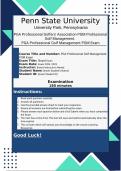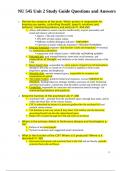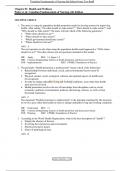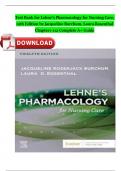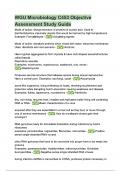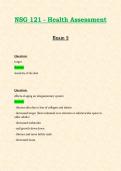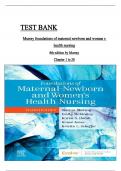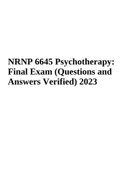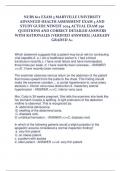Exam (elaborations)
Test Bank For Davis Advantage for Pathophysiology: Introductory Concepts and Clinical Perspectives 3rd Edition by (Capriotti), Chapter 1 - 46 > Download as Pdf File <
- Course
- Institution
******** INSTANT DOWNLOAD AS PDF FILE ******** Test Bank For Davis Advantage for Pathophysiology: Introductory Concepts and Clinical Perspectives 3rd Edition by Capriotti), Chapter 1 - 46 > Download as Pdf File < Capriotti 3rd Edition Test Bank 1. Davis Advantage Pathophysiology 3rd Editio...
[Show more]




